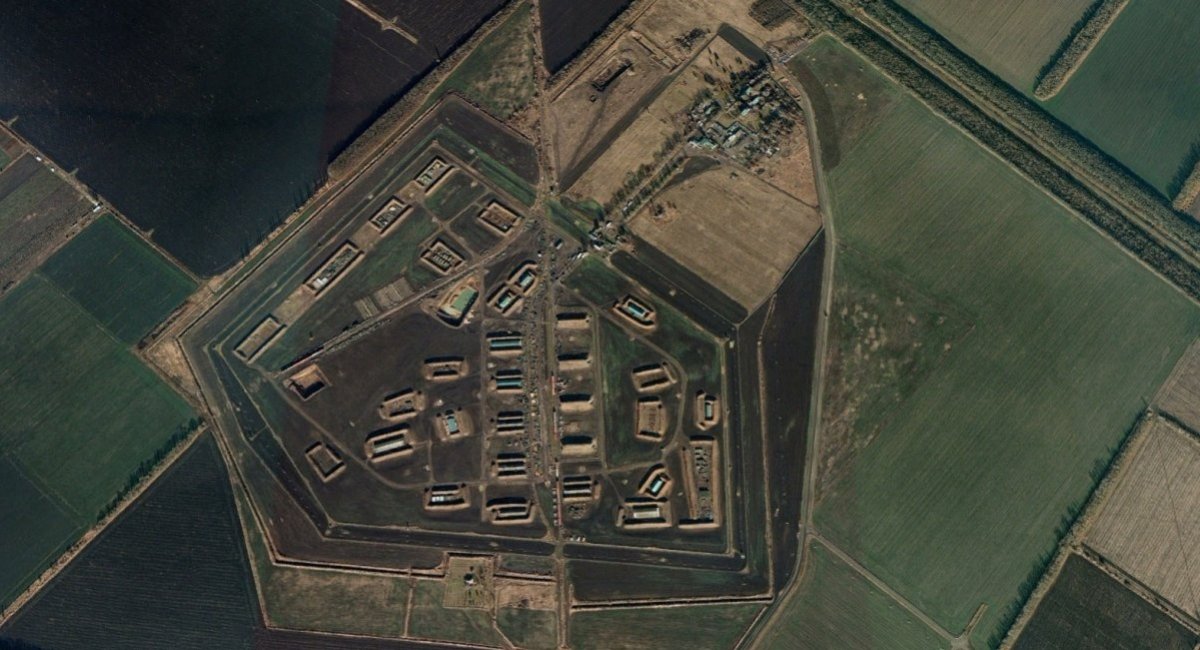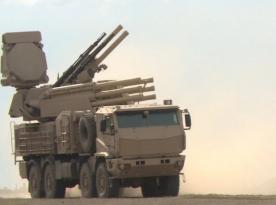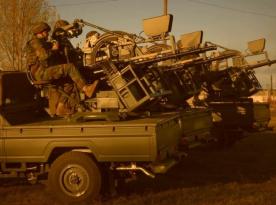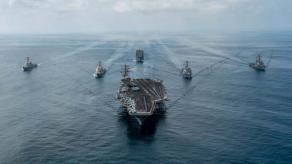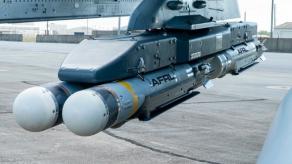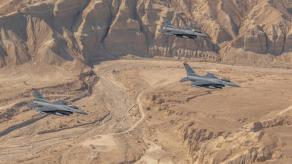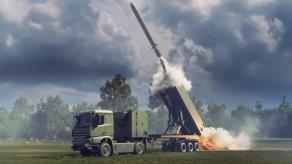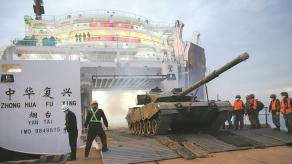Frontelligence Insight OSINT group and Euromaidan Press have published an in-depth investigation into the logistic routes used for delivery of North Korean ammunition to russia and found three main storage bases where the materiel is kept until it gets distributed to the units on the frontline.
Here is the brief outline of the main points of the analysis, supplemented by commentary from Defense Express.
Read more: Army of russia Gets New Iranian Shells Straight From Conveyor and Old russian Ones From North Korea (Photo)
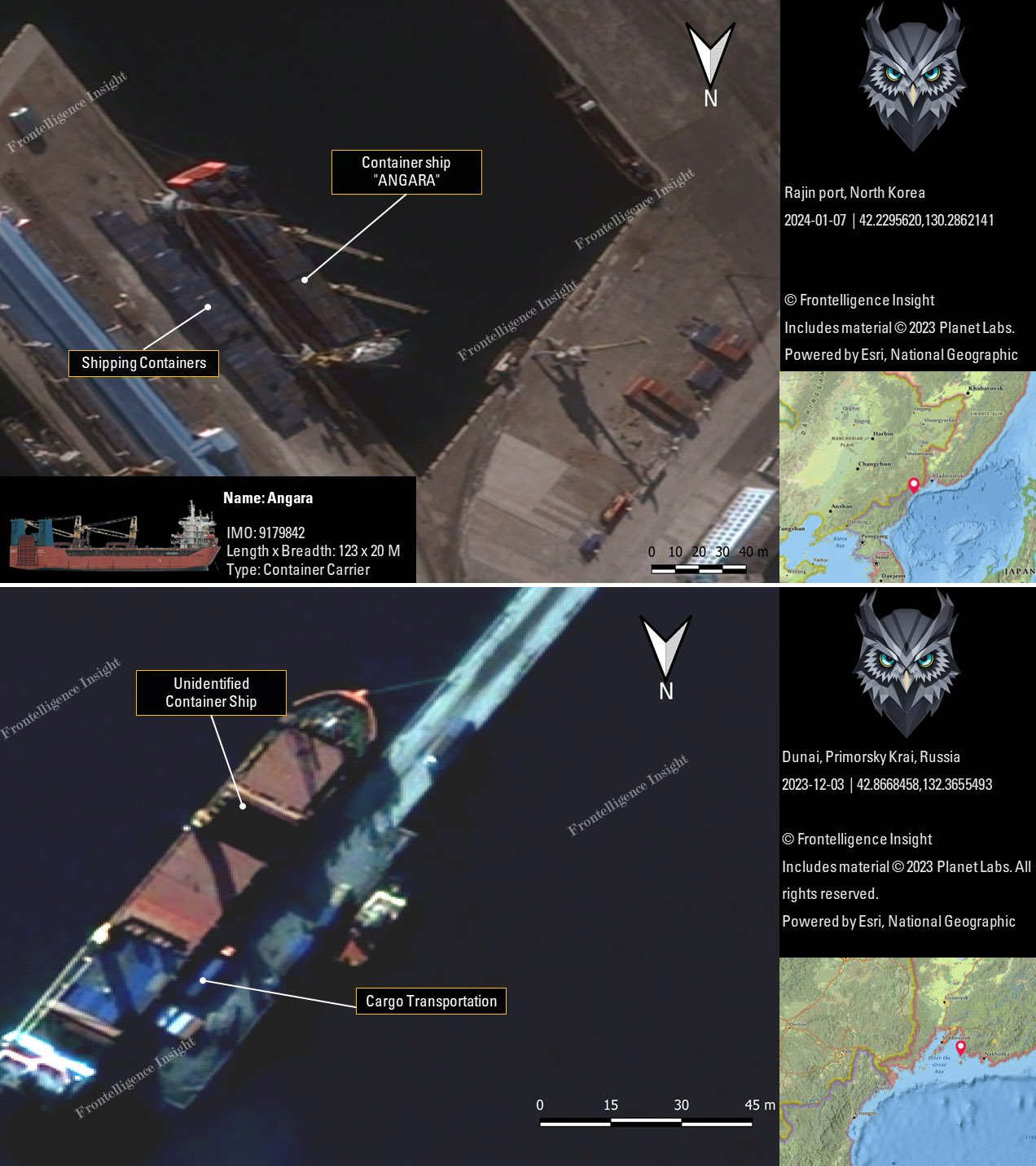
The supply chain begins in Raijin port in the northeast of DPRK, where ships loaded with weapons depart for the small town of Dunay near Vladivostok.
Containers are offloaded in the Konyushkov Bay. On a note from Defense Express, back in the USSR times in the 1970s, there was a base of the 9th Division of Diesel Submarines and an arsenal with weapons (including cruise and ballistic missiles) for strategic submarines called Shkotovo-16, which was considered abandoned as of 2021.
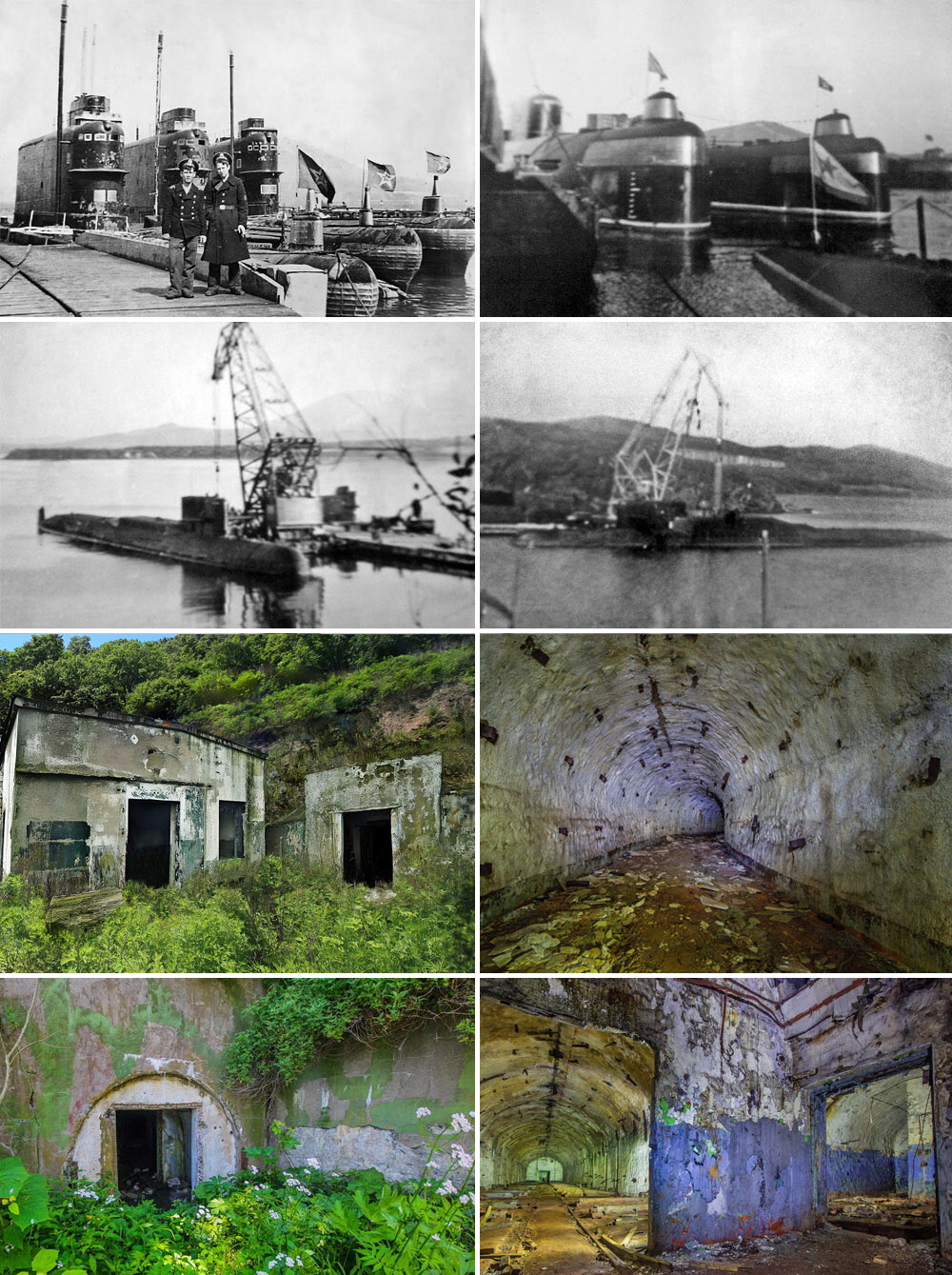
This transportation node can hardly be called a convenient one. Satellite photos from June 2022 show no crane equipment and no railways leading to the quays.
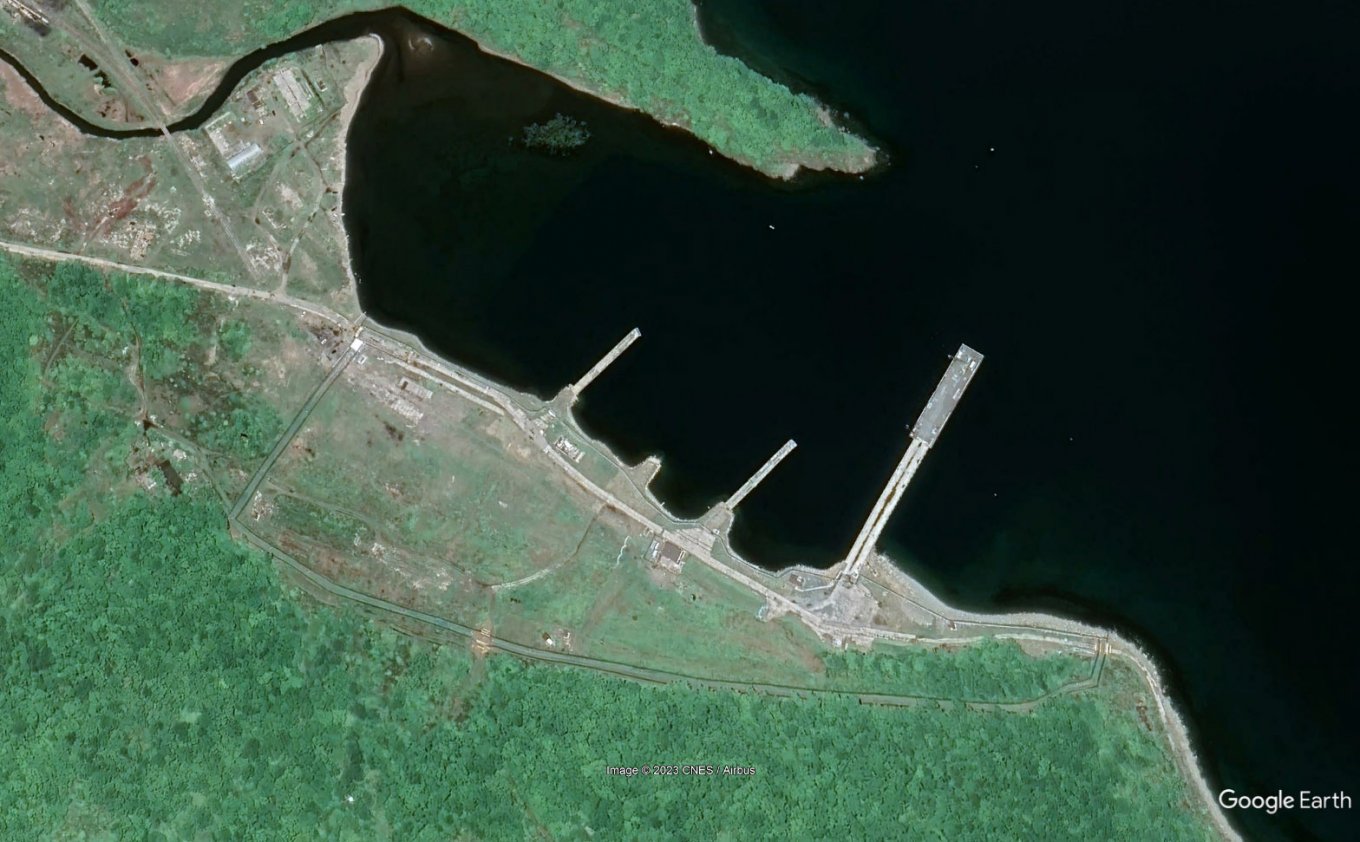
Therefore, the russians have to transport the containers by trucks to the railroad branch about a kilometer away from the harbor.
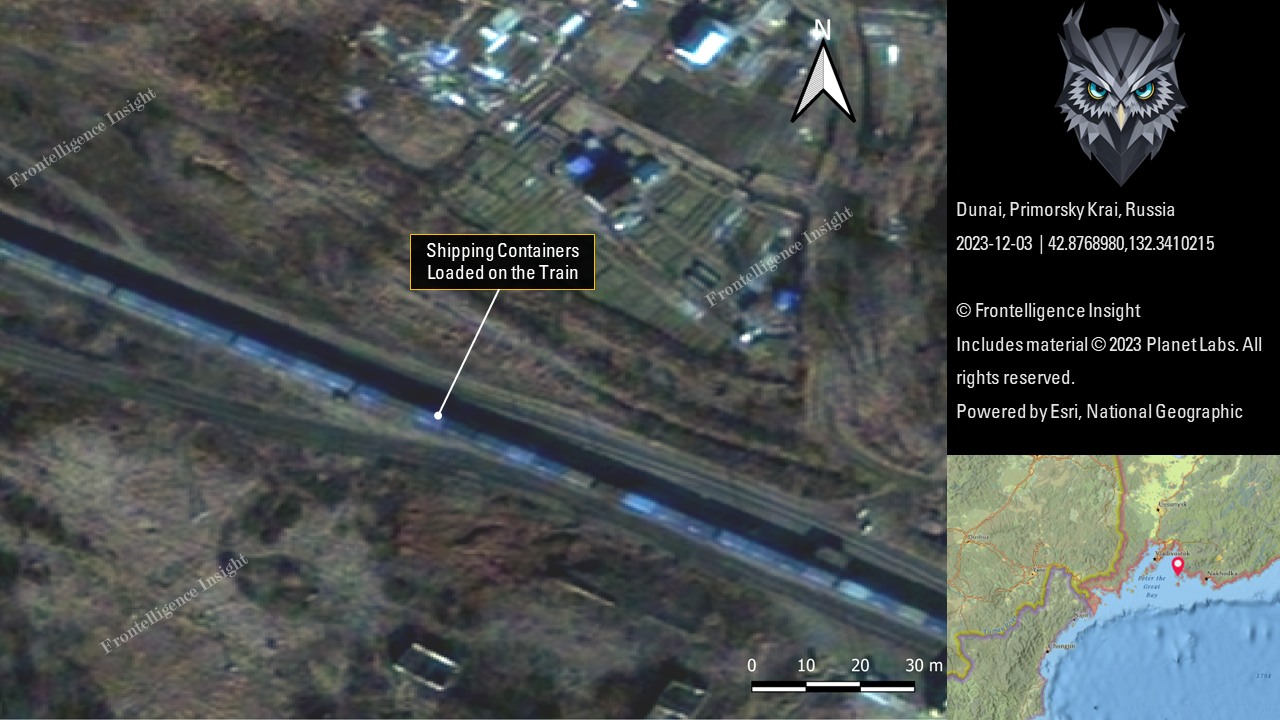
Afterward, the shells head to one of the three storage facilities across the entire russian federation. One is the 719th Artillery Ammunition Base near Tikhoretsk, Krasnodar Krai. Satellite photos showcase its expansion starting in mid-August 2023. This must be the main depot for Korean artillery ammunition.
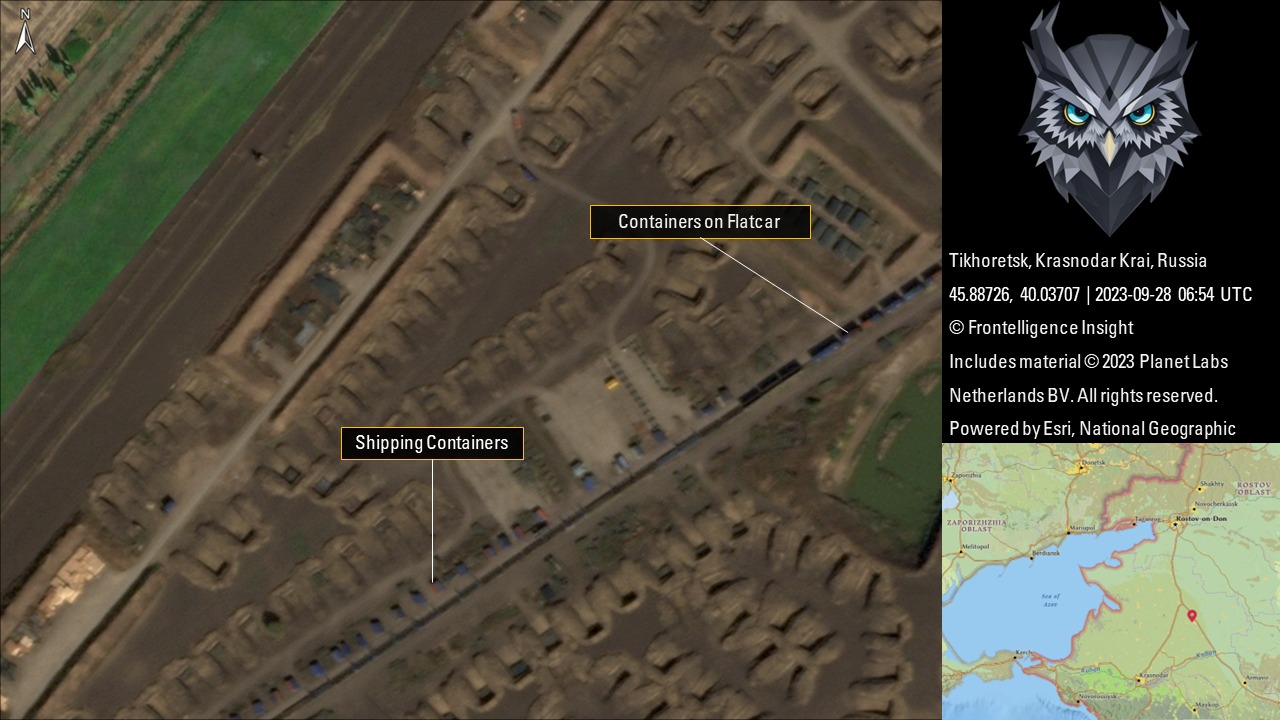
Another base is the Mozdok in North Ossetia, which the analysts suggest may host ballistic missiles, although Frontelligence Insight notes that the OSINT group currently has "no visible evidence indicating the transportation of these missiles to Mozdok."
Side note on our part, this ammunition depot is located near an airfield hosting Tu-22M3 strategic bombers, and since recently MiG-31K aircraft, too. Besides, the air base is also used by transport aviation of russian aerospace forces.
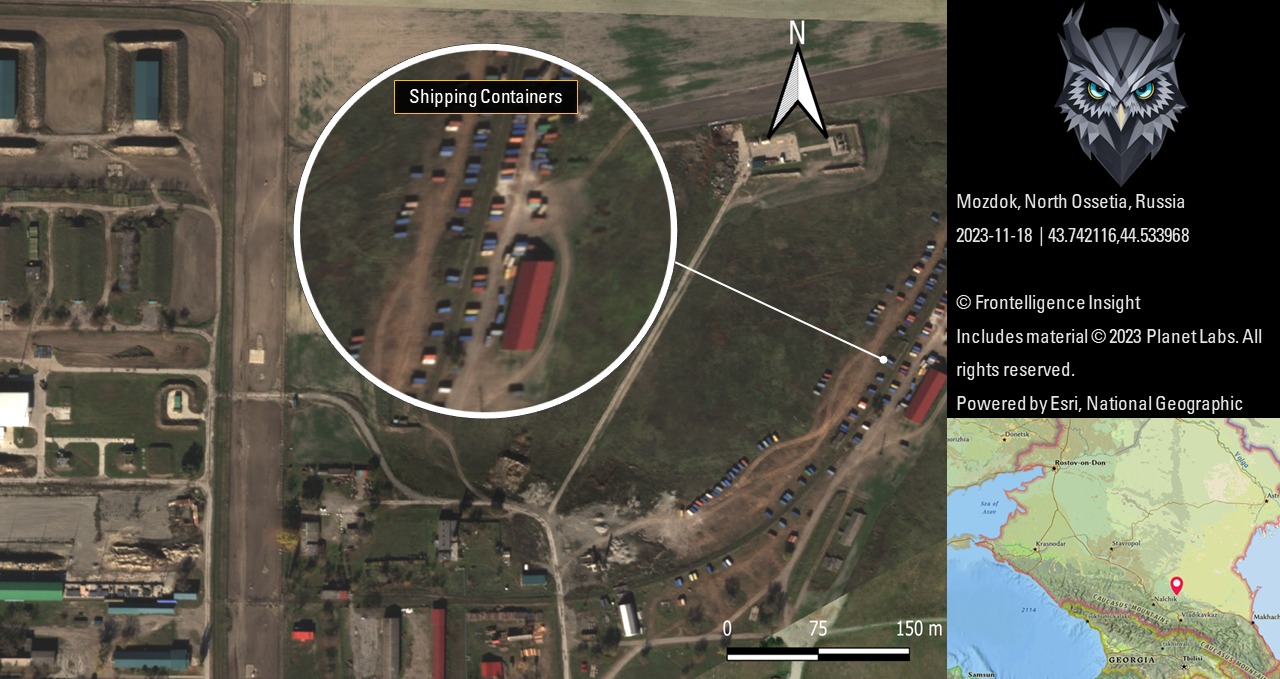
The third base is the newly created relatively small depot near Yegorlykskaya rural locality in Rostov Oblast, southeast of Ukraine. The ammo base was set up on an abandoned airfield about three kilometers from the settlement. The first revetments for ammunition storage appeared there in September 2023.
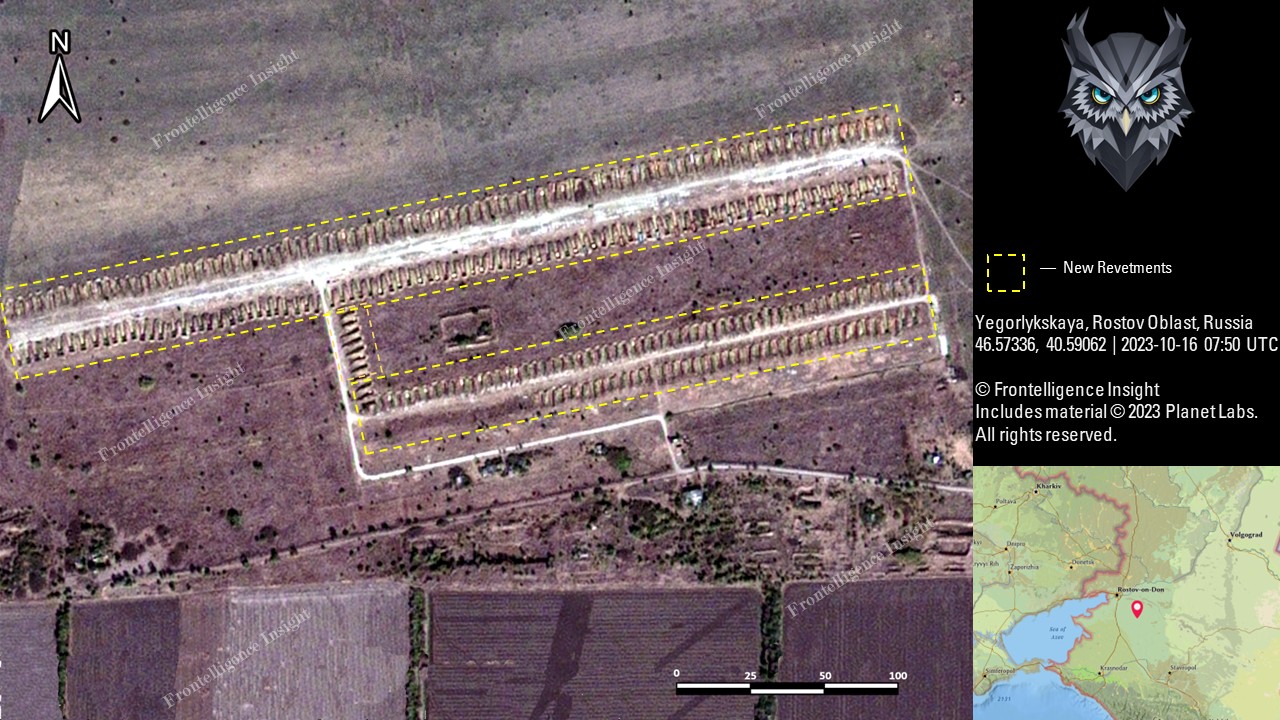
Having arrived at respective depots, the ammunition is then distributed among russian military units fighting against Ukraine. The ammo is brought to the frontline by military or civilian trucks and kept in "makeshift ammo dumps approximately halfway to the intended unit," the researchers point out.
From Defense Express, we would like to add that the only possible reason why russia would use the inconvenient transit node in the Konyushkov Bay in the Far East is to disguise the transportation of ammunition from North Korea. Moreover, this cargo is dangerous for it can blow up a whole port if handled inappropriately.
This makes a not-so-well-suited but remote port the best place of choice for these covert operations. Especially since there is abandoned infrastructure of a Soviet underground arsenal.
Among these three storage bases, the 719th base in Tikhoretsk is the most important one. There is also a military air base nearby, formally the 627th Training Aviation Regiment. The airfield's class, however, allows for receiving Il-76 military transport aircraft.
Worth noting, Tikhoretsk is some 300 km from the current frontline of the war in Ukraine. That detail once again raises the issue of the ban imposed on Ukraine by its partner countries, not letting the Ukrainian forces launch strikes on russian territory with Western long-range weapons.
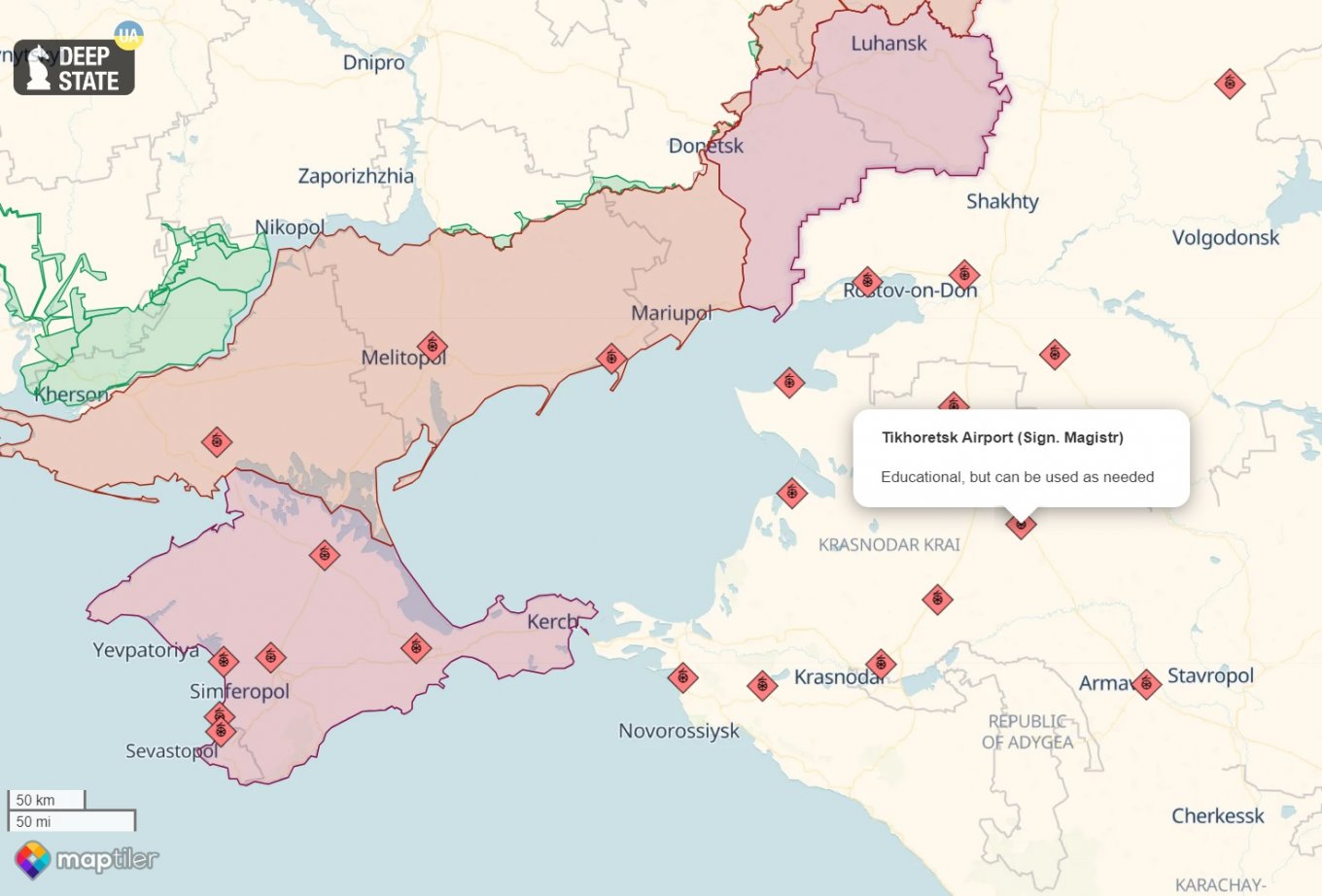
Read more: Does the russian Army Have the Resources to Establish 5 "Full-Fledged" Heavy Artillery Brigades?




